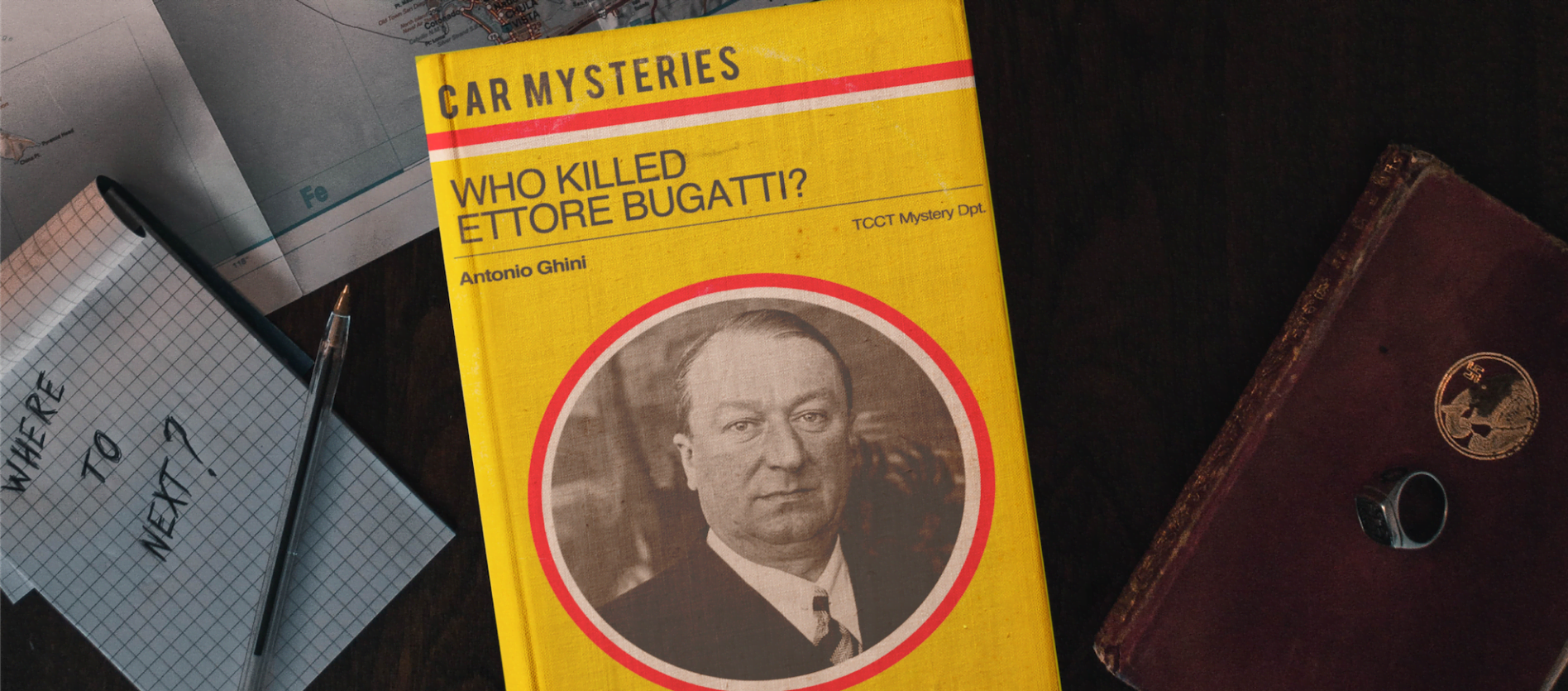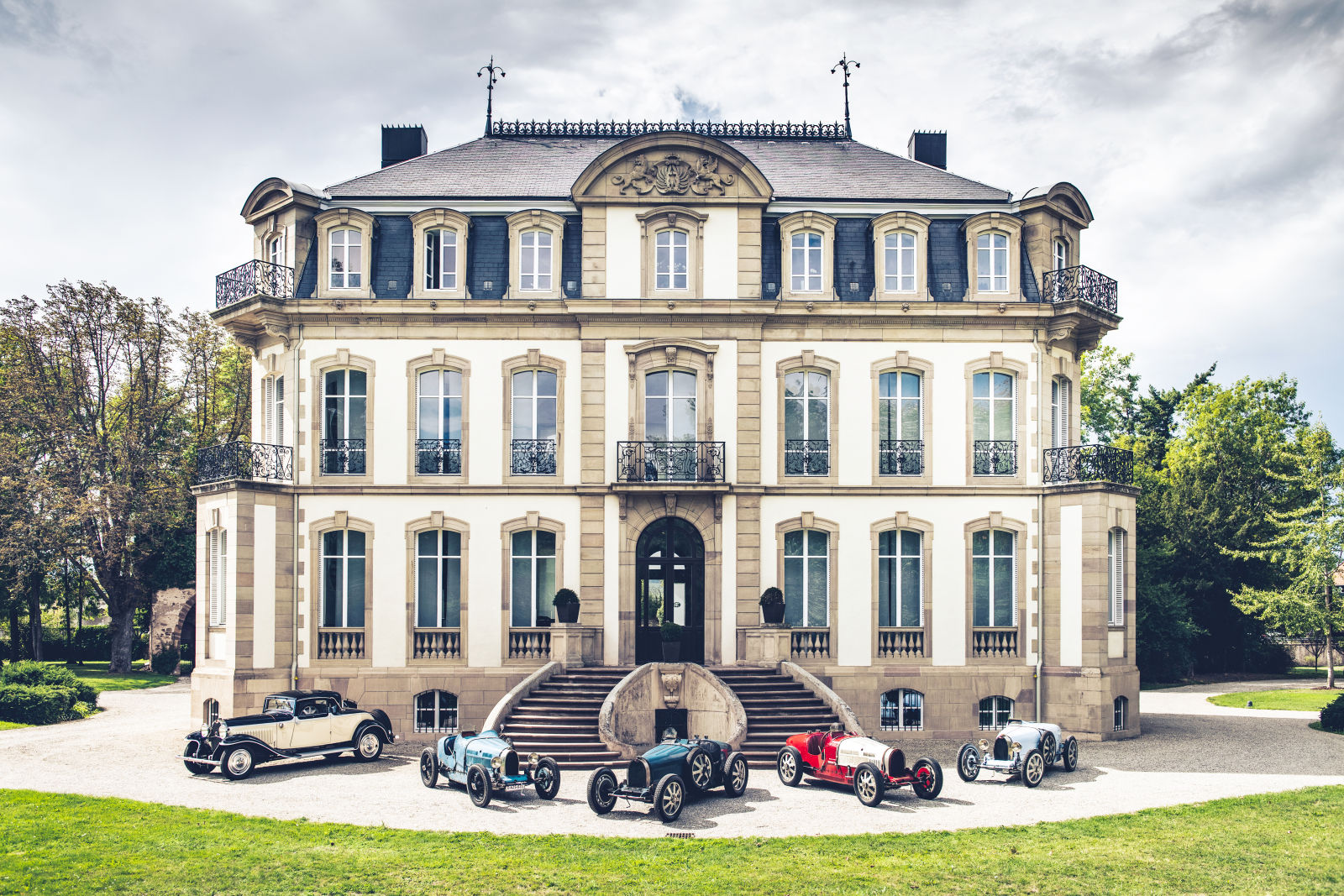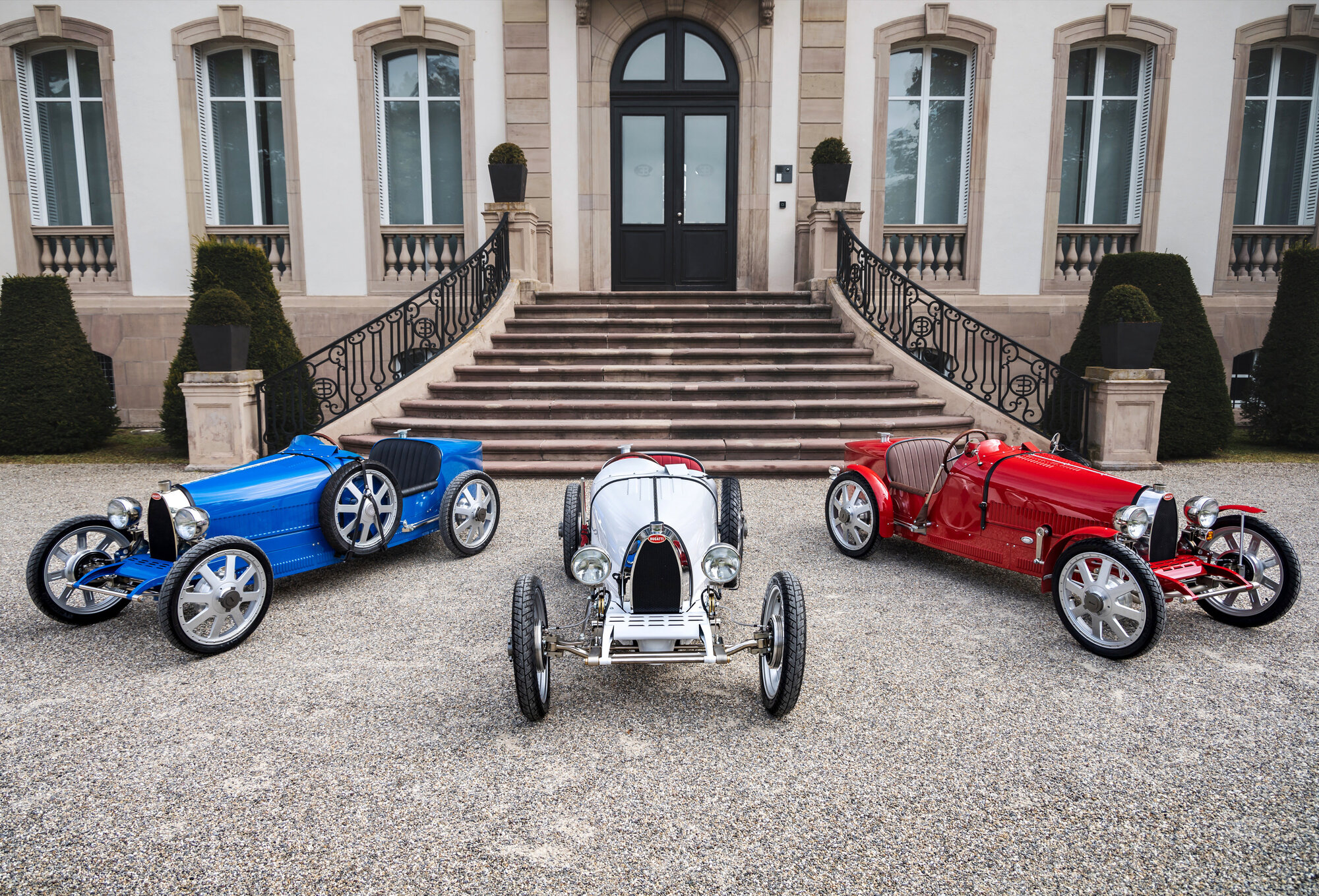Who killed Ettore Bugatti?
02 June 2020 2 min read 8 images

Elegant and aristocratic, an artist at heart – just like his brother Rembrandt who cast magnificent bronze statues like the elephant on the radiator of the Royale – but an engineer by craft. A stubborn engineer at that, able to invent extraordinary things but, at the same time, stubborn in not wanting to accept innovations that would help the performance of the very special cars he designed and built.
Register to unlock this article
Signing up is free and gives you access to hundreds of articles and additional benefits. See what’s included in your free membership. See what's included in your free membership.
Already have an account? Log In


